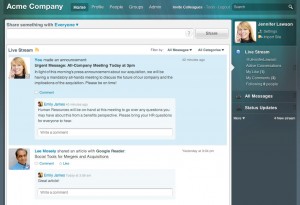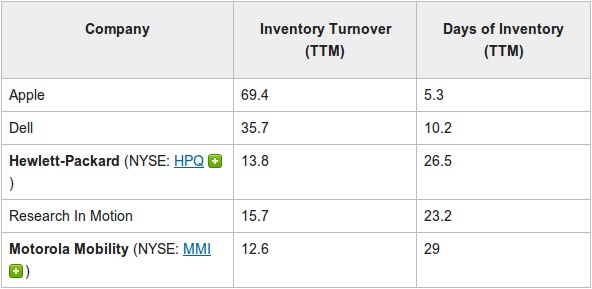With increasing number of people traveling for work and for pleasure with availability of faster Internet has increased the demand for live TV programs on Internet. Recognizing these consumers’ wants, CBS announced investing in Syncback. Syncback is a company, developing technology to stream local TV programs live to computers, tablets, and smartphones. This technology uses authentication system that checks that only authorize users, subscribed from local area, are watching streamed programs. Thus, it gives control over programming and viewer to TV channels.
This decision of making investment and becoming the part of the owner of Syncback has various operation management reasons. One of the main reasons is threat from Internet it self and companies like Aereo, Inc. It provides local over the air programs by streaming them to the customers by charging $8 to $12 a month. However, these programs suppose to be free and Aereo is doing this without TV channels’ permission. Therefore, channels like FOX, ABC, and CBS have sued Aereo, Inc. and trying to control over the air programming by streaming them by them selves using technology like Syncback.
Furthermore, there is no legal live streaming of the TV programs online, only alternatives are Netflix and Hulu.com, through which viewers can only access past aired episodes and for that they have to wait few days. CBS has seen potential in this opportunity and is trying to take it. If their research is successful, they can get more subscribers, as they will be one of few live streaming TV channels. At the same time, with Syncback’s Authentication technology, they will be able to control their programs and limit them to only locals. With other services, they do not have this control.
The third reason for investing in Syncback is related to supply-chain management. As the Coca-Cola Company produces their own bottles to reduce the cost; thus make more profit because they have resources to do that. Similarly, CBS had excess of fund, which they can invest and by investing in Syncback they can earn more money through subscribers by charging monthly fee, as they are part owner. Where as, if they had sold their rights to broadcast, they would have gotten only fraction of money as royalty, and also lose some control over programming as they sign off the rights. Thus, according to CBS, pairing with Syncback would add value to their company in long run.
The concern that bothers the stakeholder of CBS is that is it good idea to invest in company that is still in introduction cycle with trial and error, while there are other alternatives that people already use to access TV shows online for free. Because of that reason, the stocks of the CBS have not had any positive effects on them. Personally, I think that investing in Syncback was a smart move and will definitely bring profit to CBS.
Do you think investment in Syncback was right move? Or they should have just sold the rights for streaming? Do you think that the online service should be free to current subscribers?
http://online.wsj.com/article/SB10001424127887323735604578438801962307318.html










 I do think LeanPath would be more effective if they gave practical solutions to reuse food that is intended to waste rather than giving facts and charts. With LeanPath’s program now, it looks like only the institutions that are most dedicated to sustainability will benefit from LeanPath’s products. This is why more commercial institutions like restaurants and food courts are not using LeanPath. Anyone can weigh the food waste but there needs to be an active desire to come up with solutions to reduce food waste in order to make this program more effective.
I do think LeanPath would be more effective if they gave practical solutions to reuse food that is intended to waste rather than giving facts and charts. With LeanPath’s program now, it looks like only the institutions that are most dedicated to sustainability will benefit from LeanPath’s products. This is why more commercial institutions like restaurants and food courts are not using LeanPath. Anyone can weigh the food waste but there needs to be an active desire to come up with solutions to reduce food waste in order to make this program more effective.